Though folk horror has grown in popularity in recent years, it has a long and rich history, as demonstrated by these five essential folk horror films.
Folk horror is having a bit of a moment. The sub genre is mostly known for several influential films from the early 1970s, but it has been experiencing quite a revival, with a fresh batch of horror films that draw on folklore, superstition, and paganism cropping up in the last few years.
Arguably, the first folk horror film was Häxan, the 1922 silent film that features graphic scenes straight from medieval woodcuts depicting witches in flagrante delicto with good ol’ Satan. But what came to be known officially as folk horror — a term coined by Piers Haggard, who directed The Blood on Satan’s Claw — wouldn’t appear until the end of the 1960s and into the 70s.
After a handful of films, the sun seemed to set on the sub genre, but it never entirely went away. Throughout the 1980s and 90s, popular films like Children of the Corn and The Blair Witch Project were very much in the vein of earlier folk horror films. In the 21st Century, Kill List and Hammer’s Wake Wood harkened back to the golden age of British horror, full of pagan cults and folk magic.
But it wasn’t until 2015 that folk horror once again garnered widespread attention, thanks to the huge success of a little film called The Witch. Since then, there has been an influx of other movies with folk horror leanings, such as The Ritual (in which a group of friends hiking in Sweden become victims of a malevolent pagan deity) and the recently released The Field Guide to Evil (an anthology of short films based on folklore from around the world).
And there are even more on the way. This month will see the release of Lukas Feigelfeld’s Hagazussa, set in 15th Century Austria, which has been referred to as a “medieval, feminized Eraserhead.” Also, coming in July, is Midsommar, writer/director Ari Aster’s highly anticipated follow up to last year’s most talked about horror film, Hereditary. Aster has the success and resources to bring another folk horror tale to mainstream audiences, just as The Witch did. There’s a lot of buzz surrounding the film, and only time will tell if it can live up to the hype.
But while you’re waiting for Midsommar, here are five of the best films in folk horror’s back catalogue to tide you over.
5. The Blood on Satan’s Claw (1971)
This film is possibly the most bizarre member of 1970s folk horror canon. Set in a rural village in 17th Century England, the story begins when a deformed skull is found in a field, setting off a chilling chain of events. The young people of the village become possessed by supernatural powers and many begin sprouting odd patches of fur. Essentially, the fur denotes which body part that person is going to have to sacrifice to piece together their infernal master’s physical form, like a sinister Build-a-Bear. He ends up looking like something unearthed from Jim Hensen’s Muppets reject pile, but I’d be lying if I said it wasn’t a little bit creepy.
The story features many of the staples of folk horror: a religious cult, the struggle between Christianity and Satanic or pre-Christian practices, effective use of natural landscapes — forests and fields, highlighting the connection between paganism and nature. While the adolescents under Satan’s power are undoubtedly the catalysts of evil in the film, it also (perhaps unintentionally) makes you wonder if the other side, the Christians, are truly much better. Both are guilty of similar crimes. The possessed teens take part in the ritualized rape and murder of one young woman, while another is chased through the woods by would-be witch hunters, a group of men whose intentions are clearly not purely driven by a desire to rid their village of evil.
The tone of the film was certainly a response to the climate of the times: the hippie counterculture was in full swing, bringing with it not only revolutionary ideas about politics and sexuality, but also an interest in alternative spirituality. To conservatives who felt that the moral fabric of society was under attack, the film’s violent youngsters weren’t too far removed from their own flower children. Perhaps the film meant to warn that the supposedly peaceful movement was hiding a dark, dangerous underbelly. In 1971, the Manson murders were still fresh on everyone’s minds, even across the pond, and writer Robert Wynne-Simmons admitted that Blood’s devil-worshipping teenagers were inspired in part by the Manson family.
Though The Blood on Satan’s Claw was a commercial failure, it has gained cult status next to the other two members of the British folk horror triumvirate, Witchfinder General and The Wicker Man. The film is at times ridiculous, at others unnerving. It’s an entertaining watch, despite its flaws, and an excellent starting point for anyone new to folk horror or established fans looking to revisit the subgenre’s classics.
4. The Witches (1966)
For some reason, this film never seems to make any “best of” lists. Maybe it was simply a few years head of its time, a little too early to be part of the official folk horror trend. Not only that, it is truly an anomaly among Hammer Films’ repertoire. The British studio’s female characters are almost all one-dimensional and hyersexualized, falling into one of two categories: a villainess in a low-cut gown to be destroyed by the male hero, or a helpless damsel in a low-cut gown to be rescued by the male hero. Well-rounded women are few and far between.
The Witches, however, is different. The main characters are two competent, intelligent women, who are not sexualized to the point of ridiculousness. Indeed, neither of them show any interest in men at all. (While that’s does not automatically mean that they are lesbians — and I’m not here to make the argument that the film is queer-coded because even I have to admit that, sometimes, lesbian subtext only exists because I want there to be lesbians in everything — I still have to wonder.)
The film follows our heroine, Gwen, to the deceptively idyllic village of Heddaby, where all is not as it seems. There she develops a fast friendship with Stephanie, the town’s leading citizen, and is put in charge of the local school. One of the students confides in Gwen that there is a cult of witches in the village that plan on sacrificing a young girl, Linda. As more strange things begin to happen, Gwen struggles to put it all together. She eventually discovers that there is indeed a cult, lead by Stephanie, who intends to transfer her life force into Linda’s body to achieve immortality.
Ultimately, The Witches stops just short of being progressive: Stephanie’s ambition is her downfall and only comes at the expense of Linda, a girl whom she considers ignorant and inferior. Still, it is an overall solid film that is unique among the folk horror subgenre — and indeed, for its time, among the horror genre as a whole — for its female-driven narrative. It would be almost fifty years before another folk horror film raised the issue of female power so effectively.
3. Apostle (2018)
The first 21st Century entry to our list is director Gareth Evans’ ode to The Wicker Man. The bones of the film are much the same as Robin Hardy’s classic: a man travels to an island off the British coast, home to a seemingly utopian religious community, and soon finds that things are not as peaceful as they seem. But Evans soon strikes out on a different path than that of his predecessor. Apostle is deeply tense film; from the moment Thomas — the film’s jaded, faithless anti-hero — sets out for the island of Erisden, the narrative begins building a slow but ominous sense of dread that doesn’t abate until the final frame.
Thomas comes to Erisden to find his sister, who has been kidnapped and is being held for ransom on the island. Battling his own demons, he makes only minimal attempts to blend in, until he is in danger of being found out and saves the life of Malcolm, the island’s religious leader and so-called “prophet.” While this lands Thomas momentarily in Malcolm’s good graces, his cover is eventually blown. He goes underground, and as he comes face-to-face with the island’s deity, the tenuous thread that held Erisden’s society together begins to rapidly unravel, with gruesome results.
At its heart, the film is about the dangerous side of religion, both the leaders who manipulate belief for self-serving purposes and their flock who so often blindly allow themselves to be lead into the fire. The otherwise well-meaning people of the community stand idly by while their leaders commit atrocity after atrocity. There’s also something to be said for the film’s portrayal of the relationship between humanity and Mother Nature, and the former’s tenancy to selfishly exploit the latter’s resources. When Malcolm and Co. find the island that would become Erisden, instead of revering the resident deity for the life she creates, they capture her and demand more — and more, until she can no longer give anything at all. In doing so, they bring about their own demise.
Beautifully shot and at times shockingly grizzly, Apostle’s slow-burn horror grabs you and doesn’t let go. And while it does have a bit of at 21st Century edge, it is definitely a worthy homage to the folk horror films of the past.
2. The Witch (2015)
Robert Eggers’ remarkable film follows the breakdown of a family in the unforgiving countryside of colonial New England. It plays on fears that have haunted the dark corners of humanity’s minds since the beginning of time, and it does so at a deliberately slow pace that creeps under your skin little by little and leaves you feeling deeply unnerved. Like Apostle, there’s a heavy sense of dread in The Witch that is only relieved by a feeling of release that comes in the film’s final moments.
At the center of events is the family’s teenage daughter Thomasin. Under the oppressive shadow of Puritan Christianity and a deeply patriarchal family structure, a girl of her age a lightning rod for suspicion. She is blamed for everything from her younger brother’s wandering eyes to the disappearance of her parents’ newborn baby. The family becomes wrapped up in hysteria evocative of the Salem witch trials: everyone points fingers at each other, superstition is considered logical, and the devil is omnipresent — the question is, who brought him into their home? As they become increasingly plagued by terrifying, unexplainable occurrences, the family begins to place the blame directly on Thomasin’s shoulders.
There is very little “good” to combat the “evil” of this film. The Witch doesn’t try to paint its sorceresses in a sympathetic light. They are every inch the devil-worshipping, baby-eating monsters of lore. But neither does the film shy away from the unpleasant, often equally frightening aspects of puritanical Christianity. In the end, one can hardly blame Thomasin for seeing what the devil has to offer. The argument can be made that she is simply trading one patriarchal order for another; while the witches seem to be allowed more agency than their Christian counterparts, at the head of their culture is the distinctly masculine presence of the devil, the master whose will they serve. Still, Thomasin’s defection to the dark side feels like liberation. It’s at once a rejection of a suffocating religious doctrine and a reclamation of the witch, an image used throughout history to demonize women that has become a source of empowerment.
The Witch is a terrifying snapshot of early American life and beliefs. It brings to life the kind of tale that would be told around the fire as the long, harsh winter set in, while the cinematography drives home the fear of the untamed wilderness, something that has been ingrained in the American psyche since the first colonial settlers arrived. Several films since have tried to replicate its unsettling tone but none have been able to capture the same feelings that viewers get from The Witch. It remains the defining folk horror film of the 21st Century.
1. The Wicker Man (1973)
Yes, this movie tops every list of essential folk horror films. Yes, endless amounts of proverbial ink have been spilled on why it is to this day the pinnacle of the genre. A lot of people have written a lot of words about The Wicker Man. And since I already have your attention, I’m going add a few more to the chorus.
You know the story: a police officer travels to Summerisle, an island off the coast of Scotland, to investigate the disappearance of a local child. There he finds a thriving pagan community full of people who seem a little too happy — always smiling, almost always singing. He becomes convinced that the cult murdered the girl, but of course, by the time he realizes he’s the one they’re really after, it’s far too late. The most impressive thing about the film is that you know how it ends — even if you haven’t seen it, you know — but that doesn’t diminish the journey to its iconic climax. No matter how many times you’ve seen it, Sgt. Howie’s march to his death is still as haunting as the first time around.
Like The Blood on Satan’s Claw, Robin Hardy’s film is a product of its times. The hippie counterculture brought about a renewed interest in neopaganism and pre-Christian religions. But while Blood ends with order restored, The Wicker Man offers no such comforting resolution. Was it meant to be a warning of the hidden dangers of a supposedly peaceful movement? It could be merely a dramatization of the struggle of the “alternative” culture against conventional belief systems, made flesh in the form of Sgt. Howie, Edward Woodward’s uptight, authoritative, Christian policeman.
Whatever your interpretation, one thing is for sure: The Wicker Man’s legacy has lasted on into the 21st Century. Its presence can be felt in the previews of Midsommar: the vibrant green landscape and idyllic pagan community have a distinctly Summerisle feel. While it would be unfair to compare the new film too much to its predecessor, Midsommar is proof that what made the films that came before it so effective still speaks to fans today. Fifty years later, folk horror is alive and well.


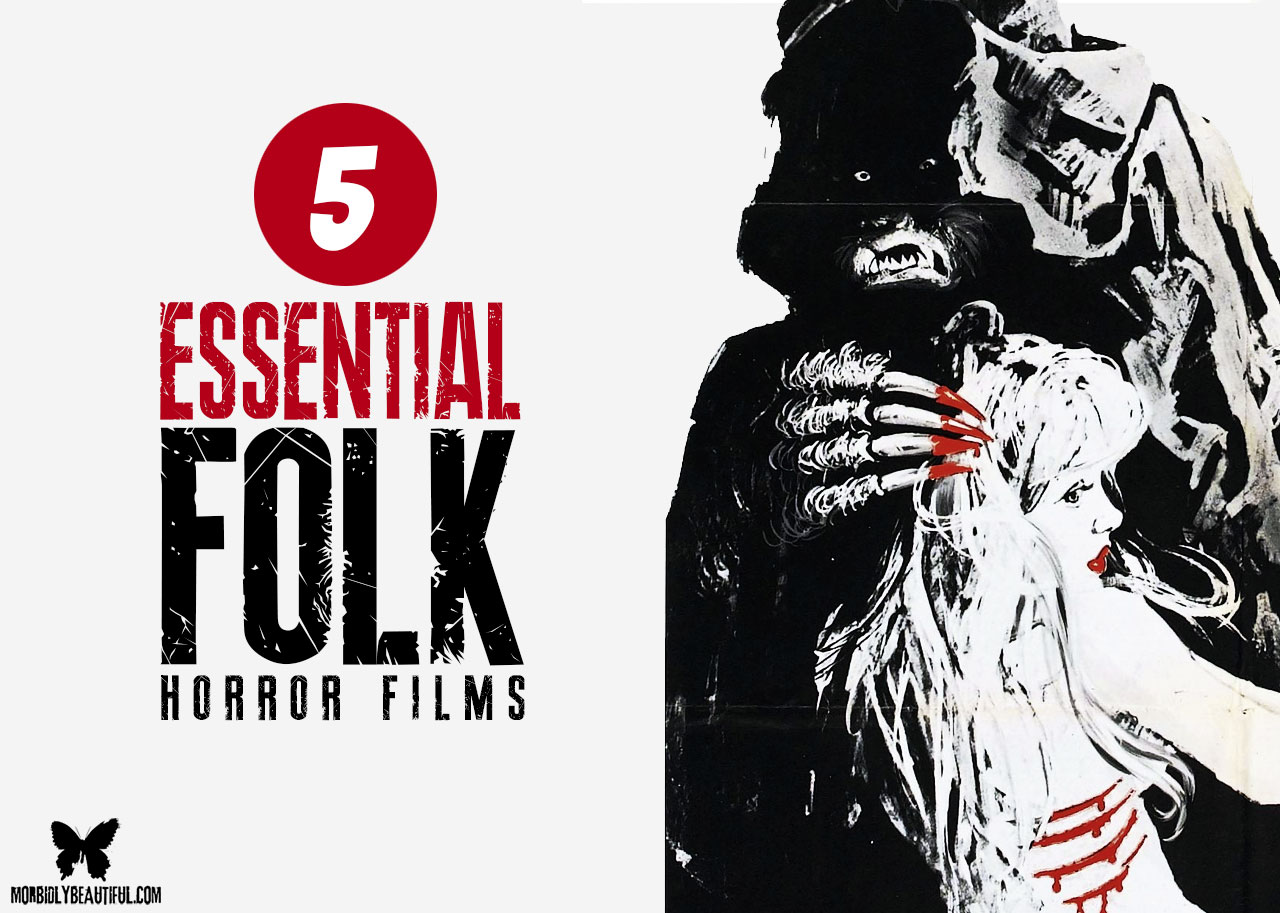
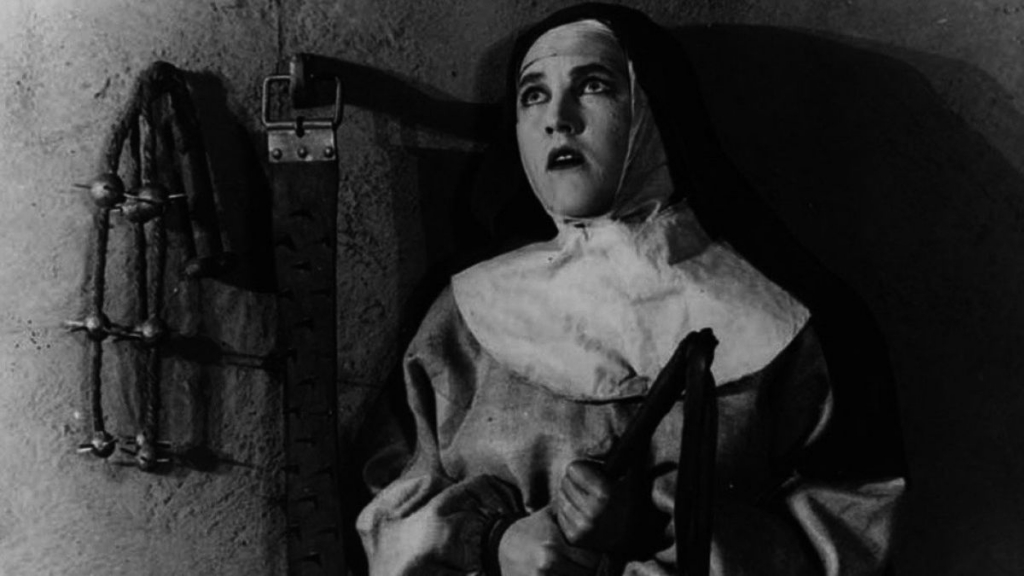
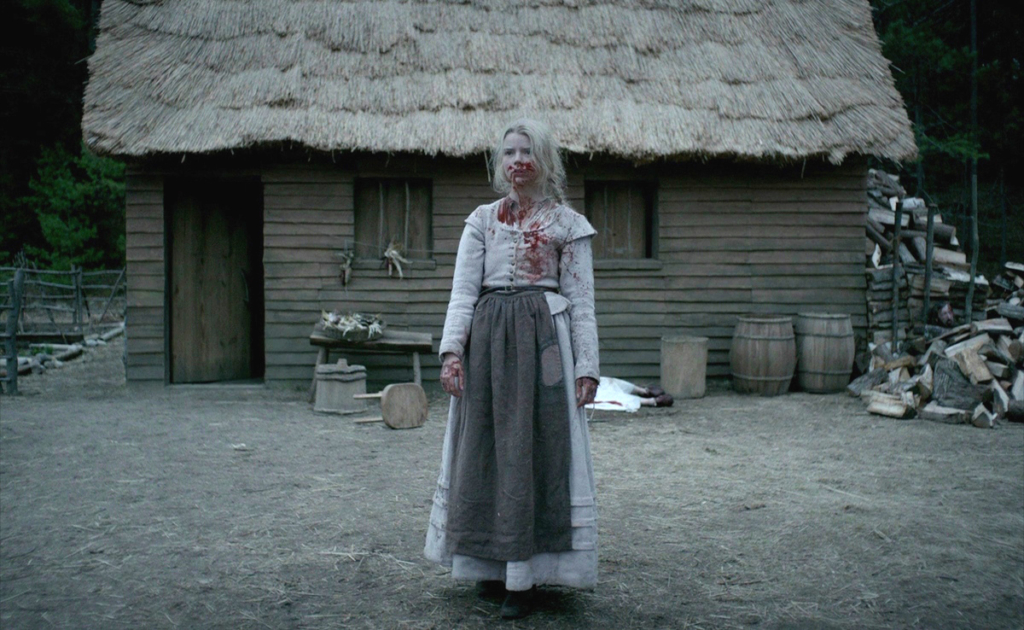
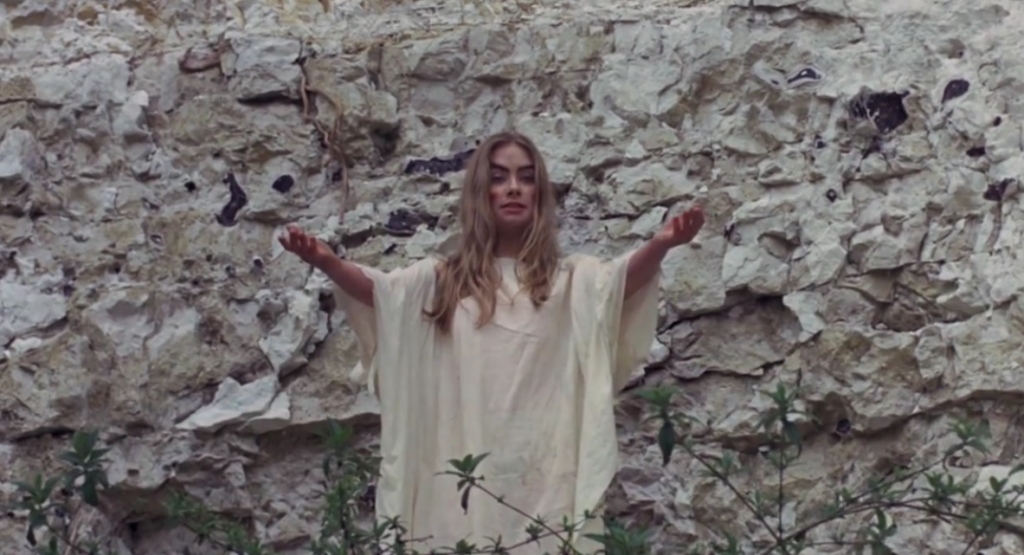
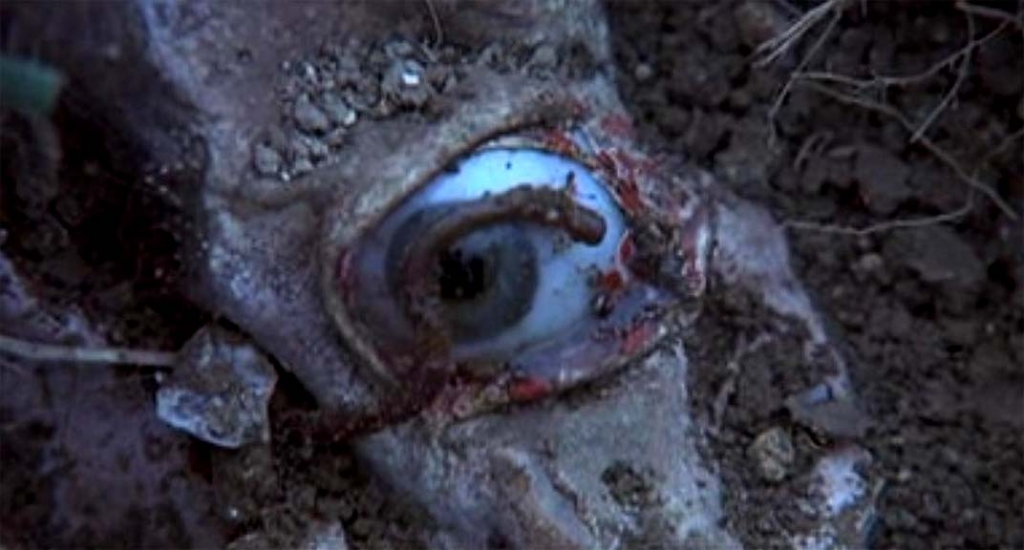
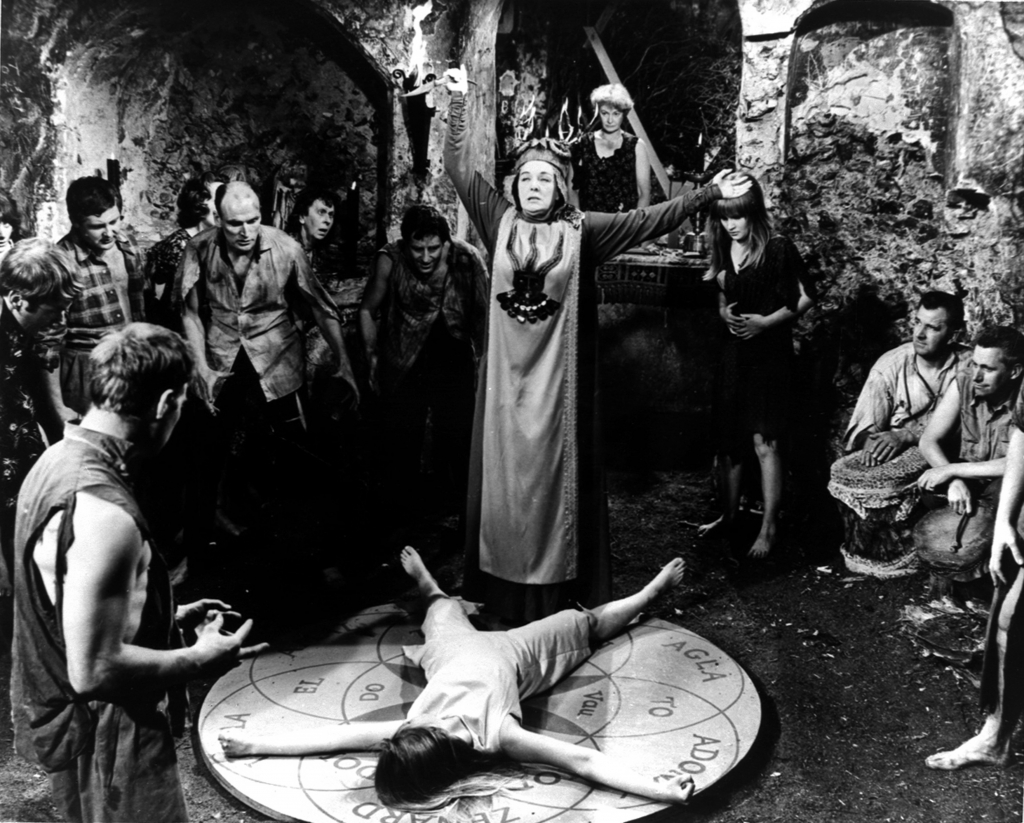
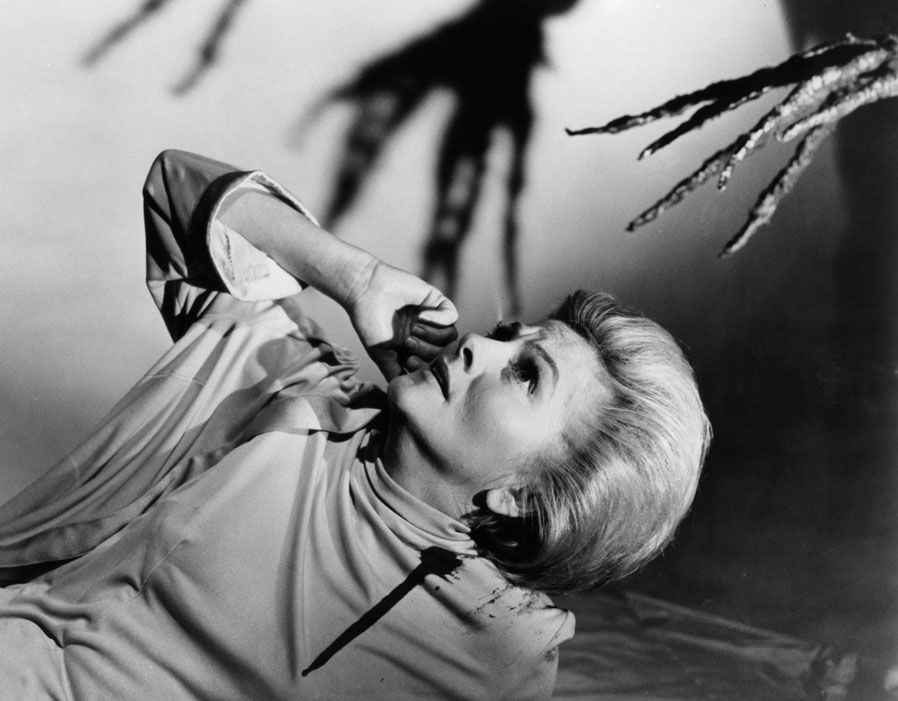
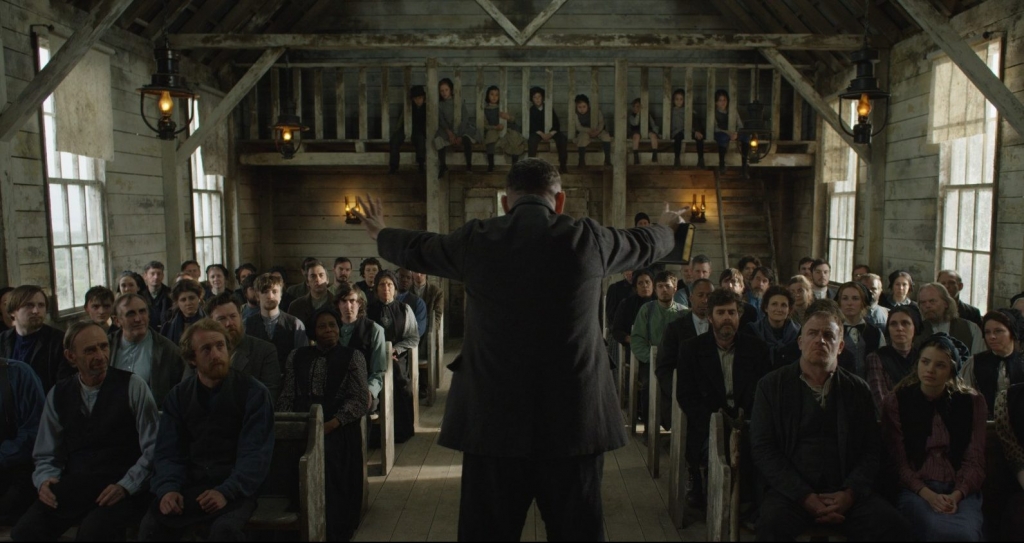
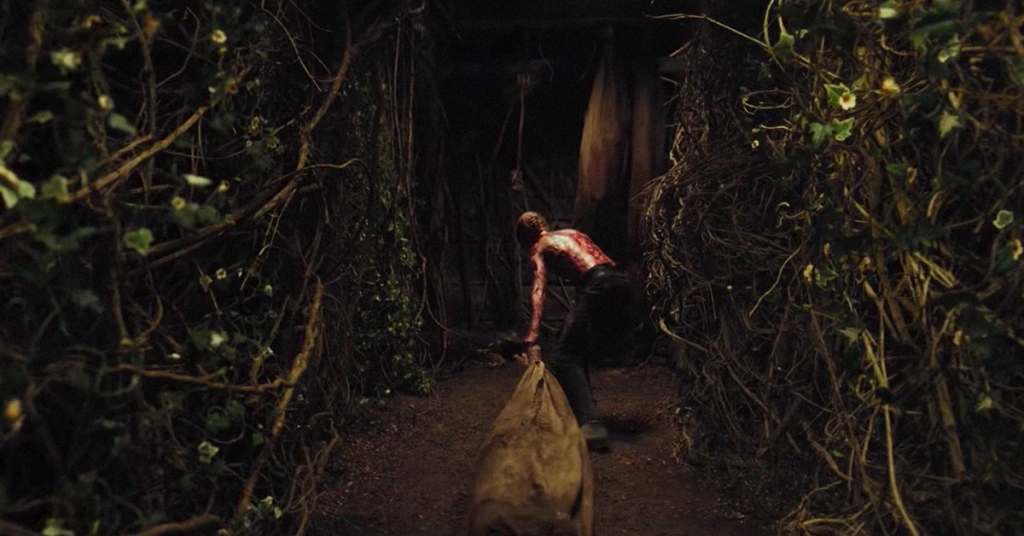
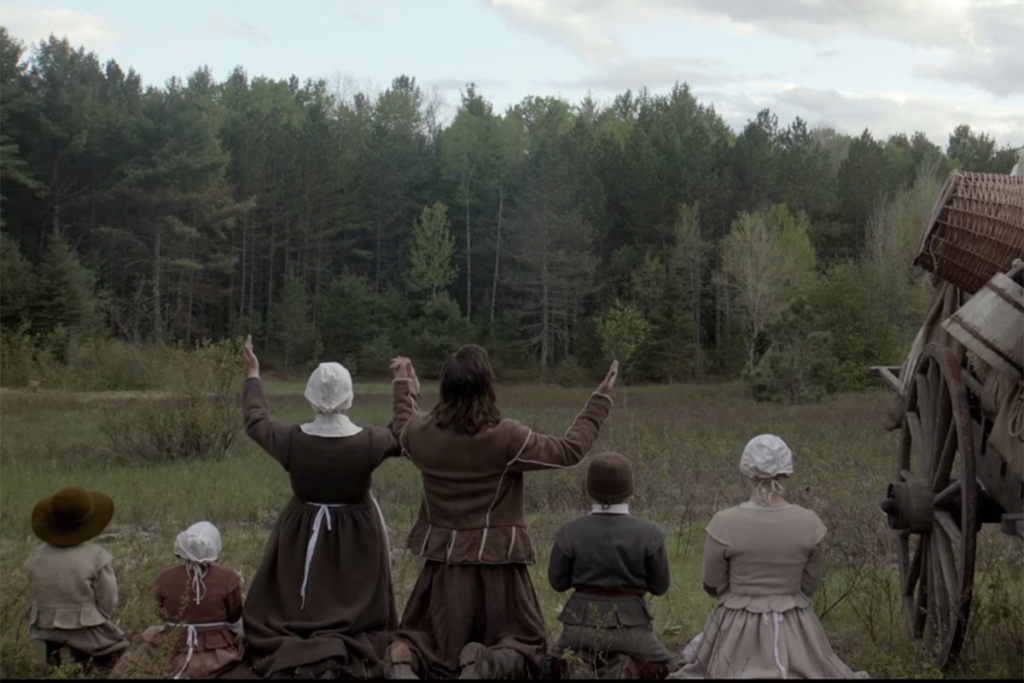
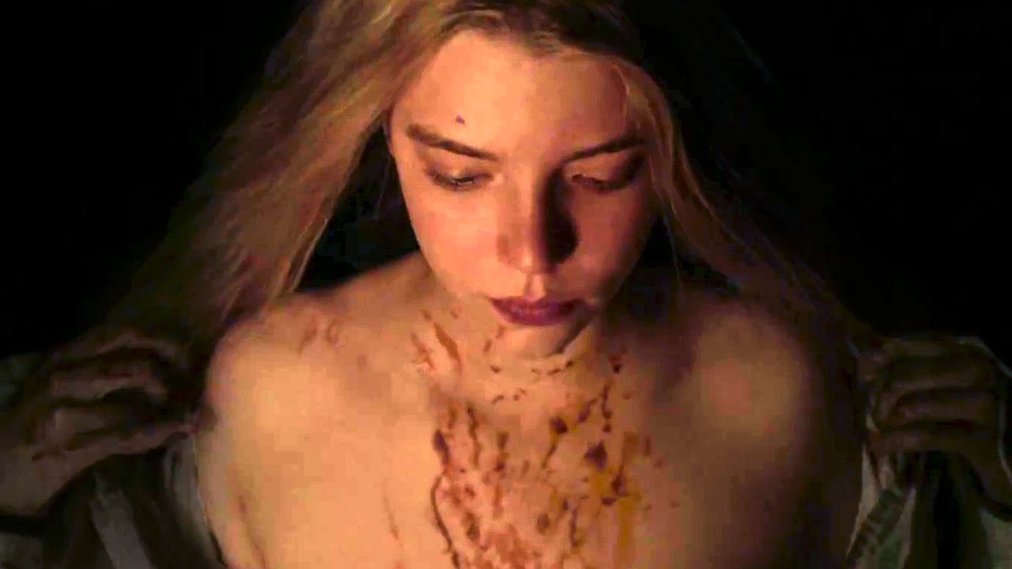

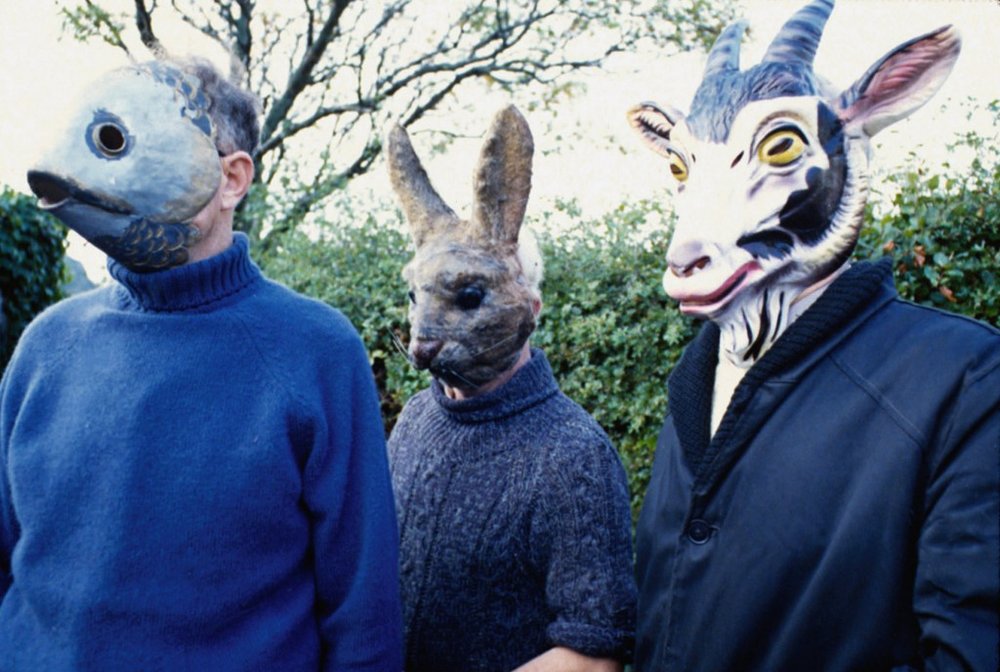

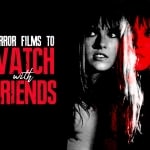
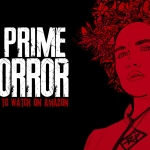
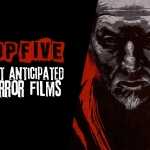








Follow Us!